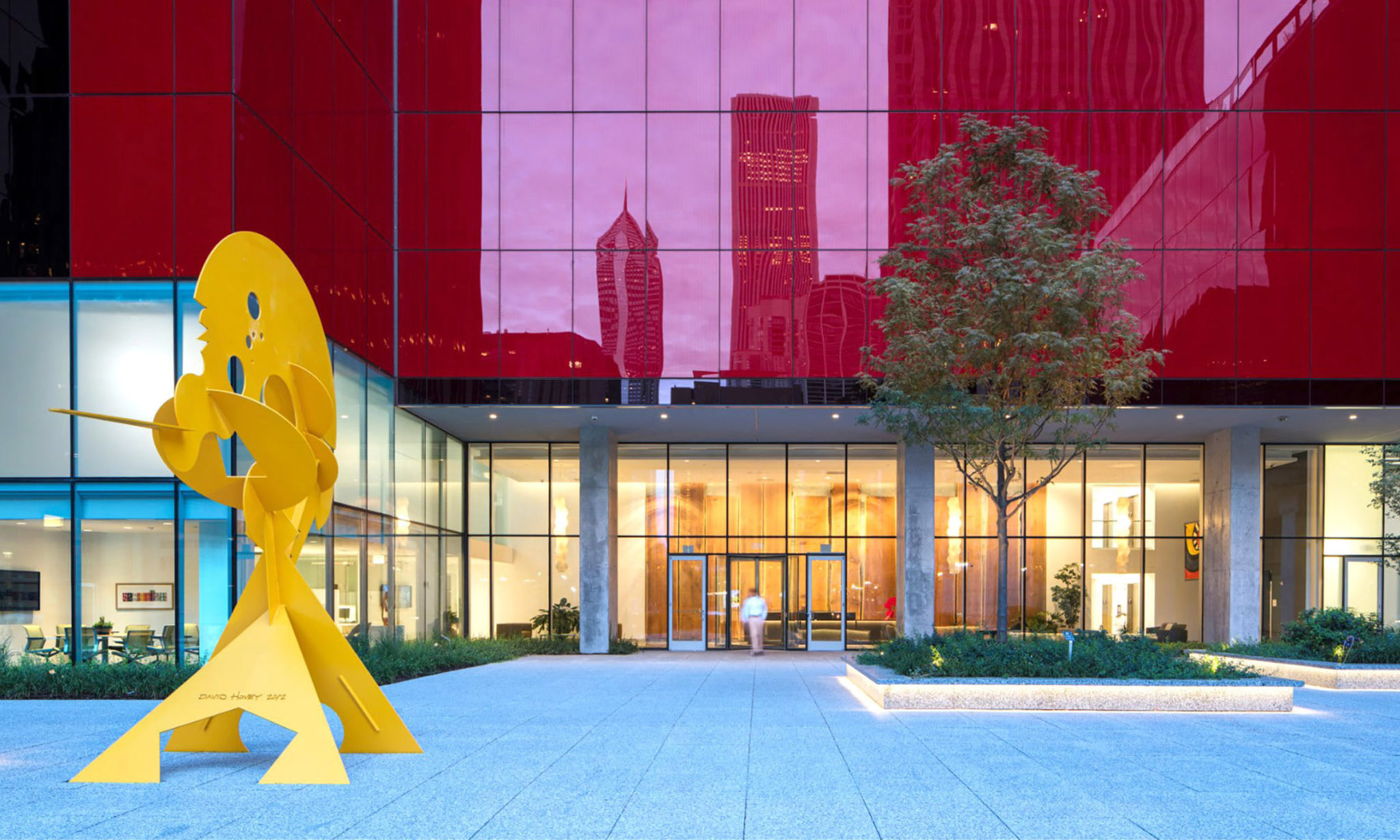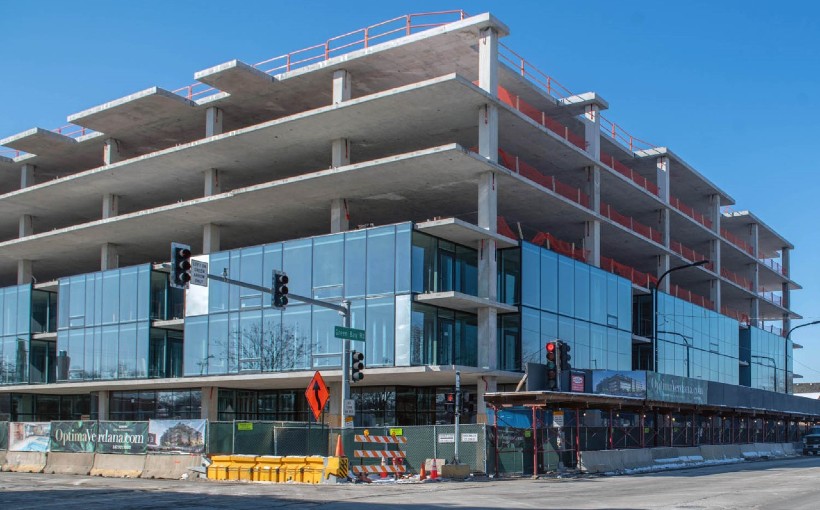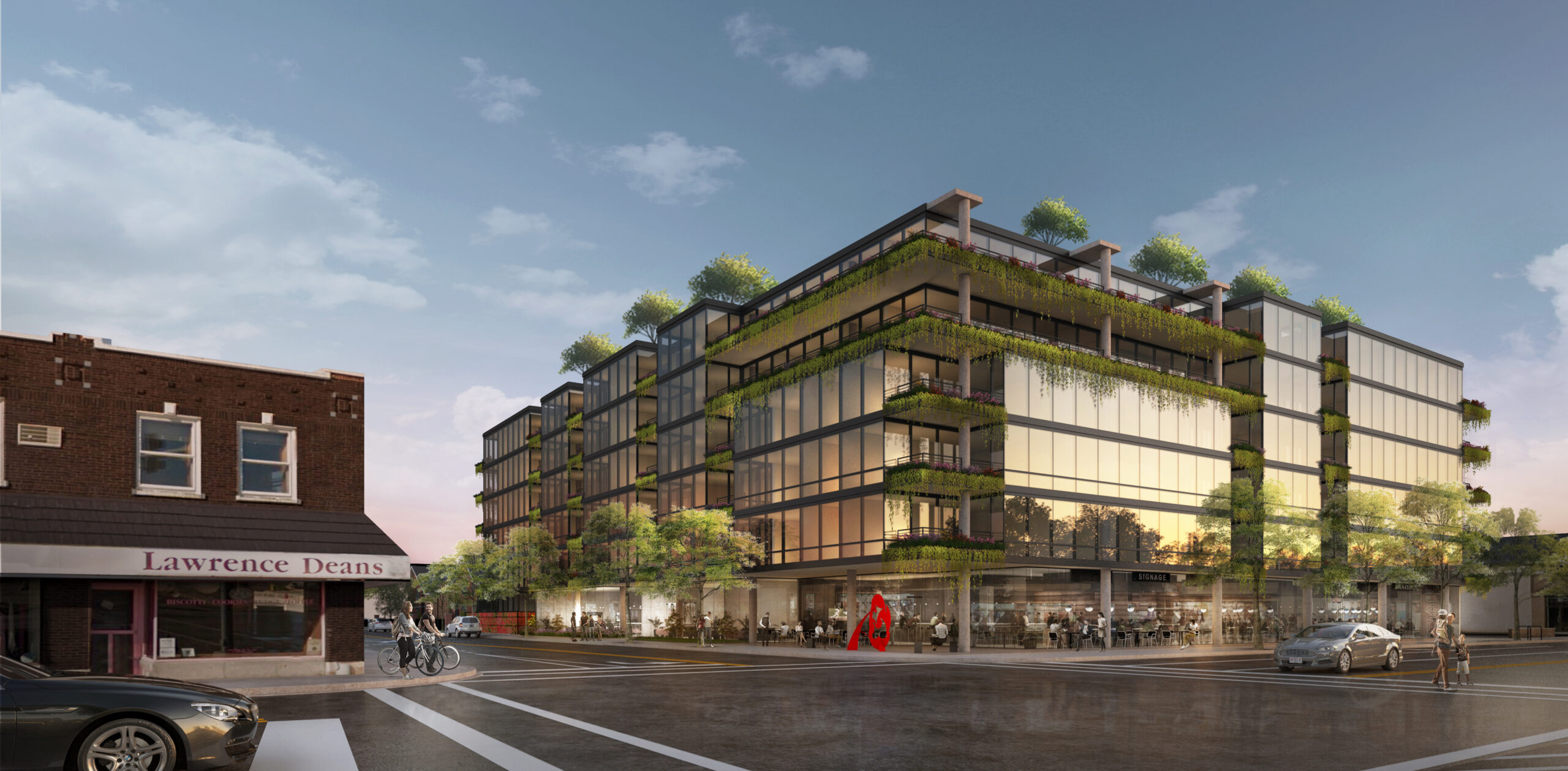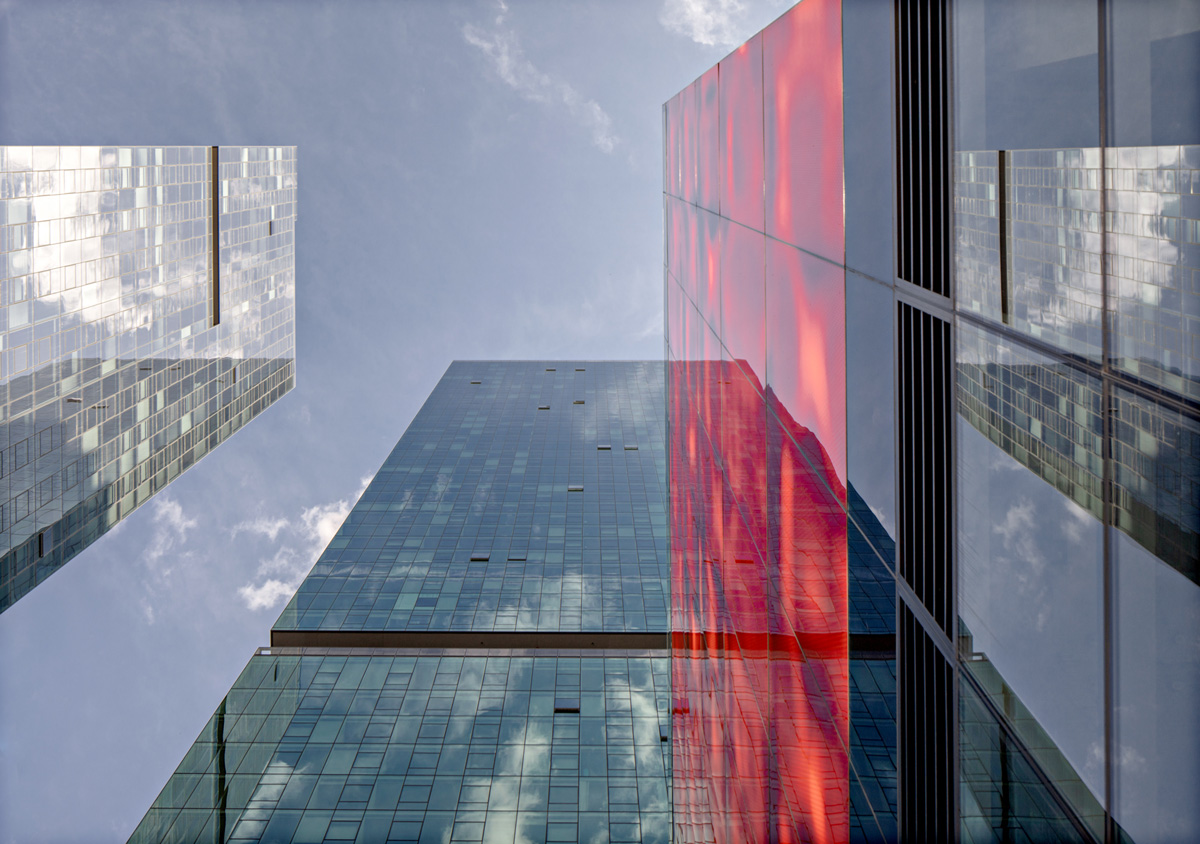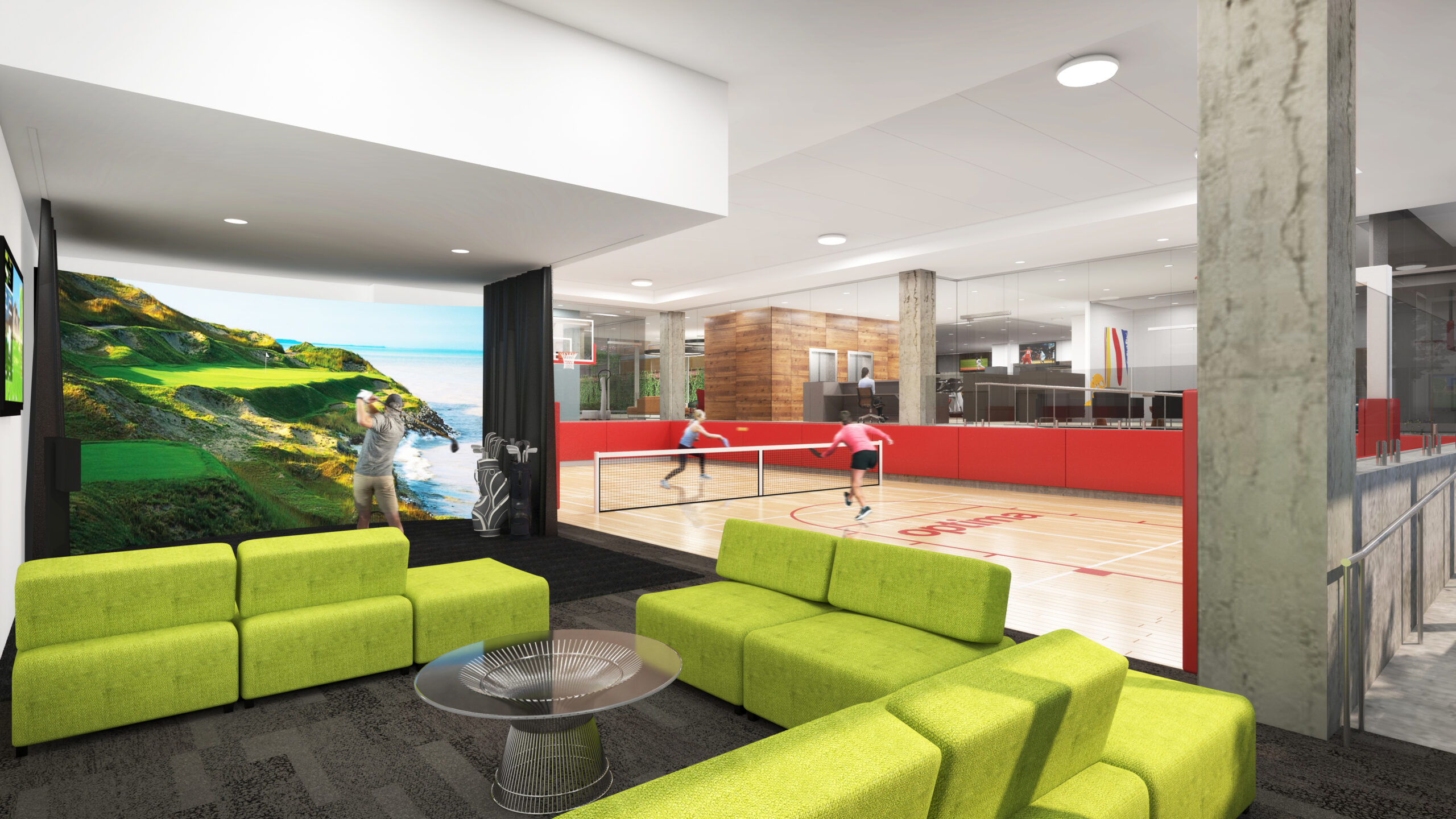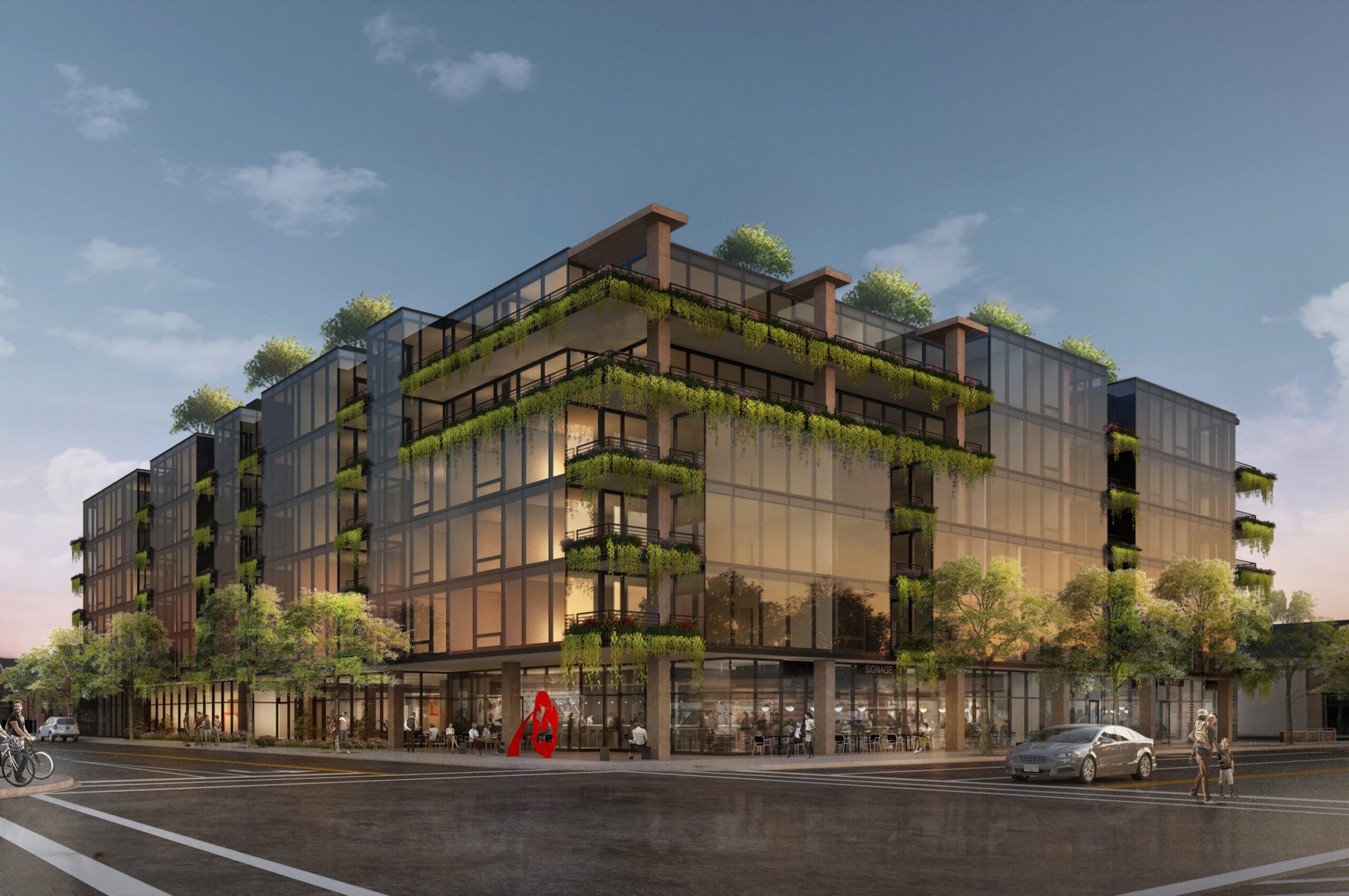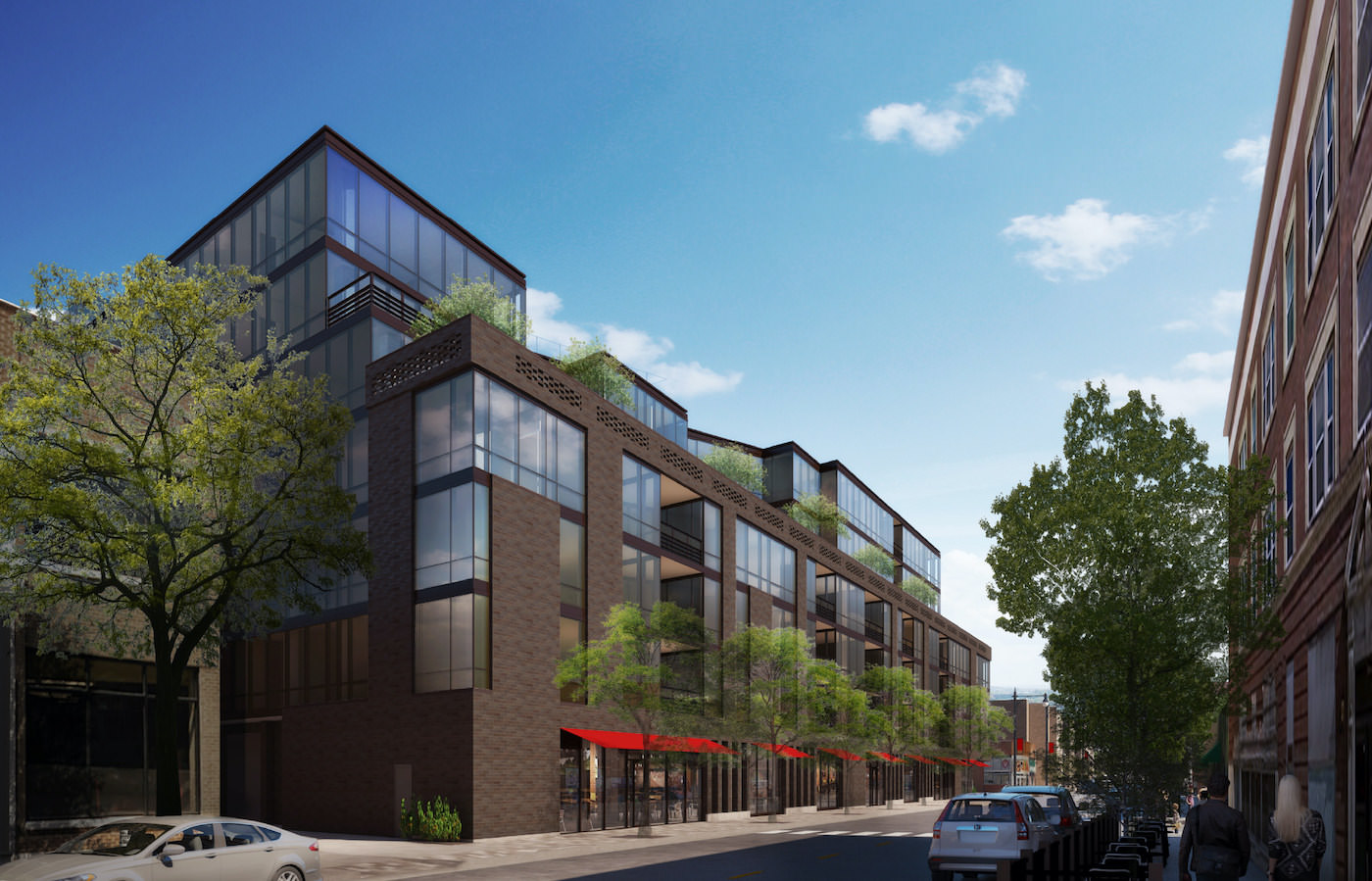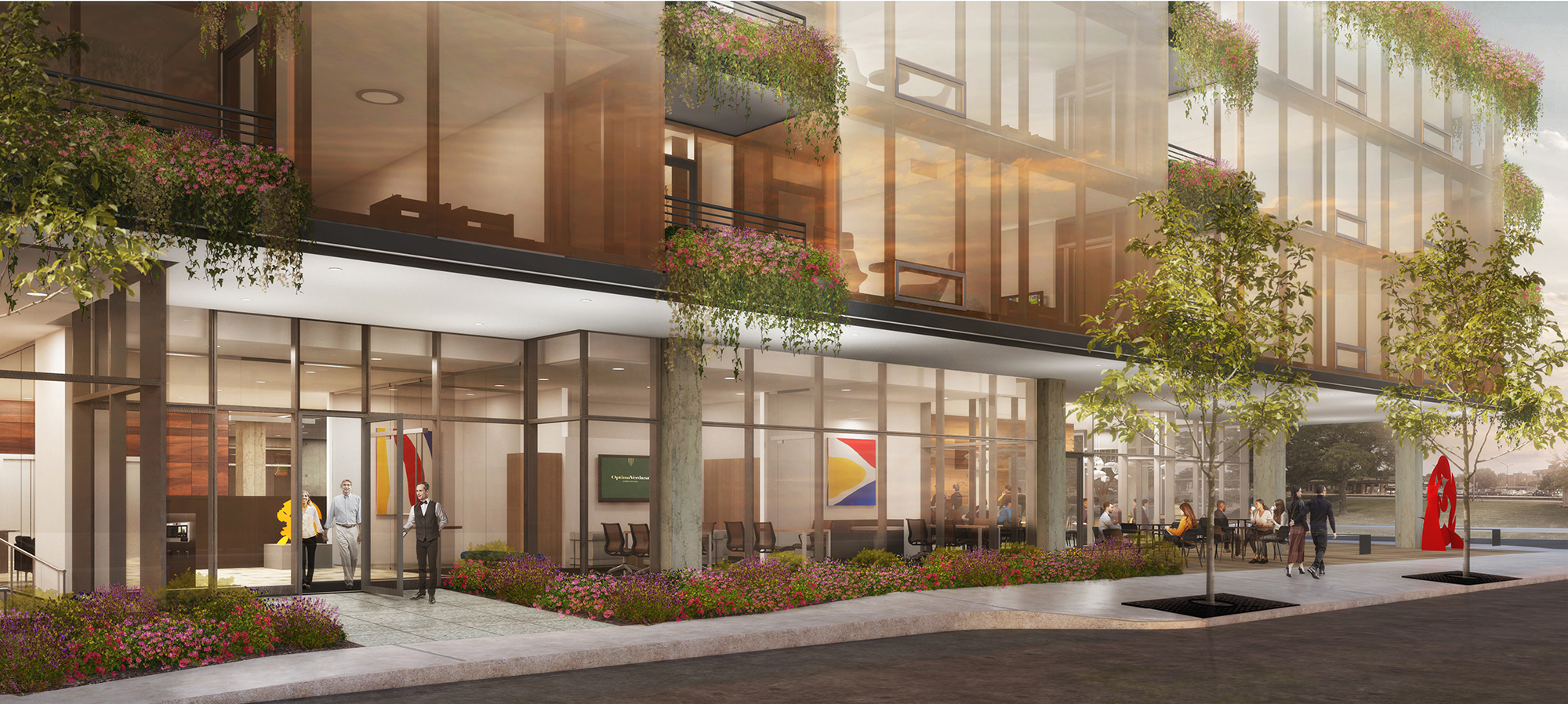Optima, Inc. announced that it will lead property management and leasing services at three Chicagoland Class A rental buildings—its 490-unit Optima Signature mixed-use development in Chicago’s Streeterville neighborhood, the under-construction 198-unit Optima Lakeview in Chicago’s Lakeview neighborhood and its upcoming 109-unit building in downtown Wilmette, Illinois, along Chicago’s North Shore.
While Optima has served as the owner, architect, developer and general contractor for its properties in Chicago and Arizona for more than 40 years, the firm primarily focused its property management services at its Scottsdale, Arizona rental communities, including the two-tower, 363-unit Optima Kierland Apartments and the five-building, 768-unit Optima Sonoran Village.
“As we expand our portfolio in the Chicago area with two new luxury apartments in development, it is a natural progression to bring management in-house, enabling us to provide the same level of exceptional service we’ve perfected at our Arizona communities,” said David Hovey Jr., AIA, president and COO of Optima, Inc. “Optima Signature residents will quickly recognize our commitment to the resident experience, because as the designer, builder, and property manager, we are able to create a truly holistic experience, tailored to their preferences.”
To kick off its property management services at Optima Signature this month, Optima has unveiled a full roster of resident services and virtual event programming such as housekeeping, pet care, car care, virtual fitness classes and room service and barista service through Pear Chef.
Open since 2017 and just steps from Michigan Avenue and the Riverwalk, Optima Signature is a 57-story luxury rental development at 220 E. Illinois St. with 490 studio, convertible, one-, two- and three-bedroom units with 1.5 acres of amenity space.
Optima Signature’s first-class amenities include resort-style indoor and outdoor heated swimming pools; cabanas and bars; a cutting-edge fitness center with saunas, steam rooms and WELLBEATS virtual workout studio; resident lounge with coffee bar; basketball, squash and bocce ball courts; and golf simulator and putting green. On a separate floor, residents can access cardio and strength-training equipment, a yoga studio, locker rooms with both steam and shower and indoor children’s play area.
Outdoor amenities feature multiple terraces with 16 fire pits, new heat lamps to enable more outdoor time during the cold weather months, a 40-yard running track, dog park, children’s play area, whirlpool spa, cabanas, lounge seating, televisions, co-ed sauna and steam rooms, a kitchen, grilling stations and dining areas.
Scheduled to open in spring 2022 at 3460 N. Broadway, Optima Lakeview is a seven-story transit-oriented development (TOD) of 198 one-, two- and three-bedroom units with 14,000 square feet of street-level retail in Chicago’s Lakeview neighborhood within walking distance of Lake Michigan and Wrigley Field.
Optima Lakeview’s 40,000-square-feet of amenities will be spread across the building and include a rooftop sky deck with pool, spa, terrace and party room; a striking glass-enclosed atrium; indoor basketball court; golf simulator and putting green; fitness center with state-of-the-art equipment; yoga/stretching room; sports lounge; dog park and pet spa; children’s play area; game room; demonstration kitchen; two conference rooms; and a business center. Residents can use the 94 fully enclosed parking spaces at grade level and storage for 208 bicycles.
Construction is set to start later this year on a new development of 109 luxury one-, two- and three-bedroom apartments and 8,000 square feet of street-level retail at 1210 Central Avenue in downtown Wilmette. The location across the street from the Metra commuter train station at Green Bay Road will be ideal for North Shore commuters. Amenities will include a rooftop sky deck and pool, residential courtyard and a suite of additional amenities. The building will also have 173 parking spaces, including some electric vehicle charging stations.
The Wilmette development will showcase Optima’s innovative vertical landscaping system—well known at its Arizona communities—with hand-selected plants that will stay green year-round, even during the most extreme weather conditions. First move-ins are planned for 2023.
Learn more at Optima Signature
Read the full feature on RE Journals
